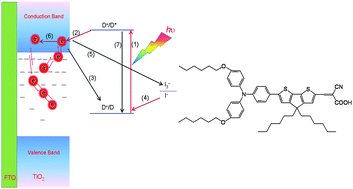Read October’s issue of Energy & Environmental Science today – here are some of this month’s highlights:
Dan Arvizu, Director of the National Renewable Energy Laboratory, US Department of Energy, discusses the future prospects for renewable energy following the recent Gulf oil spill, and during the current economic climate, in this insightful Opinion article:
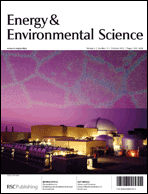 New science strengthens the promise of renewable fuels
New science strengthens the promise of renewable fuels
Dan Arvizu, Energy Environ. Sci., 2010, 3, 1378
This issue’s outside front cover features the Review by Ram Devanathan et al. which gives a great overview of the status of the modeling of nuclear fuels, with emphasis on the most widely used nuclear fuel, UO2:
Modeling and simulation of nuclear fuel materials
Ram Devanathan, Laurent Van Brutzel, Alain Chartier, Christine Guéneau, Ann E. Mattsson, Veena Tikare, Timothy Bartel, Theodore Besmann, Marius Stan and Paul Van Uffelen, Energy Environ. Sci., 2010, 3, 1406
This issue also features a Communication article by George Chen and colleagues about new asymmetrical supercapacitors:
Unequalisation of electrode capacitances for enhanced energy capacity in asymmetrical supercapacitors
Chuang Peng, Shengwen Zhang, Xiaohang Zhou and George Z. Chen, Energy Environ. Sci., 2010, 3, 1499


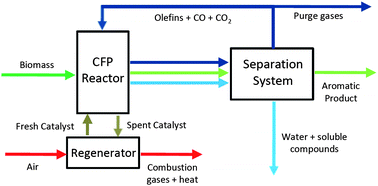










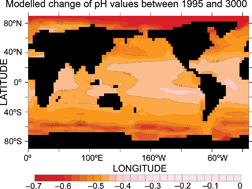
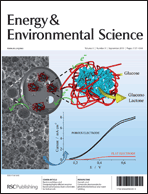
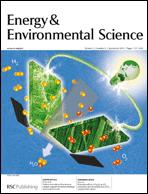
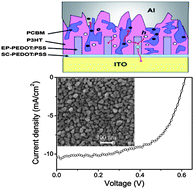 EES ‘HOT’ article
EES ‘HOT’ article